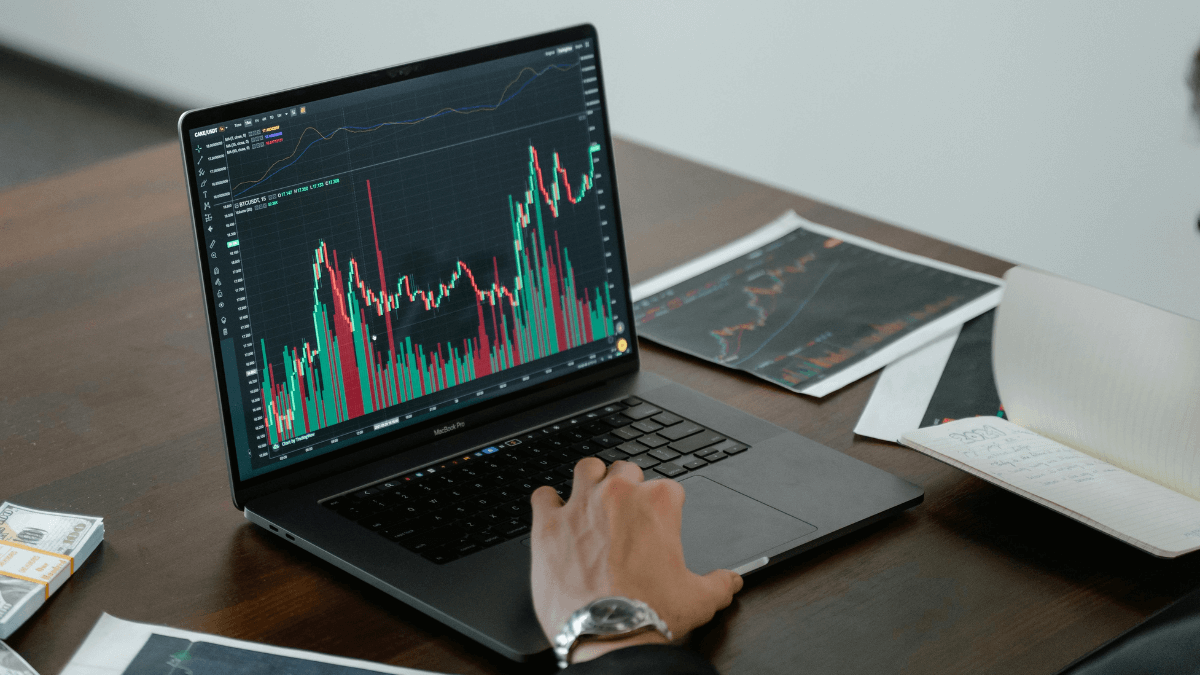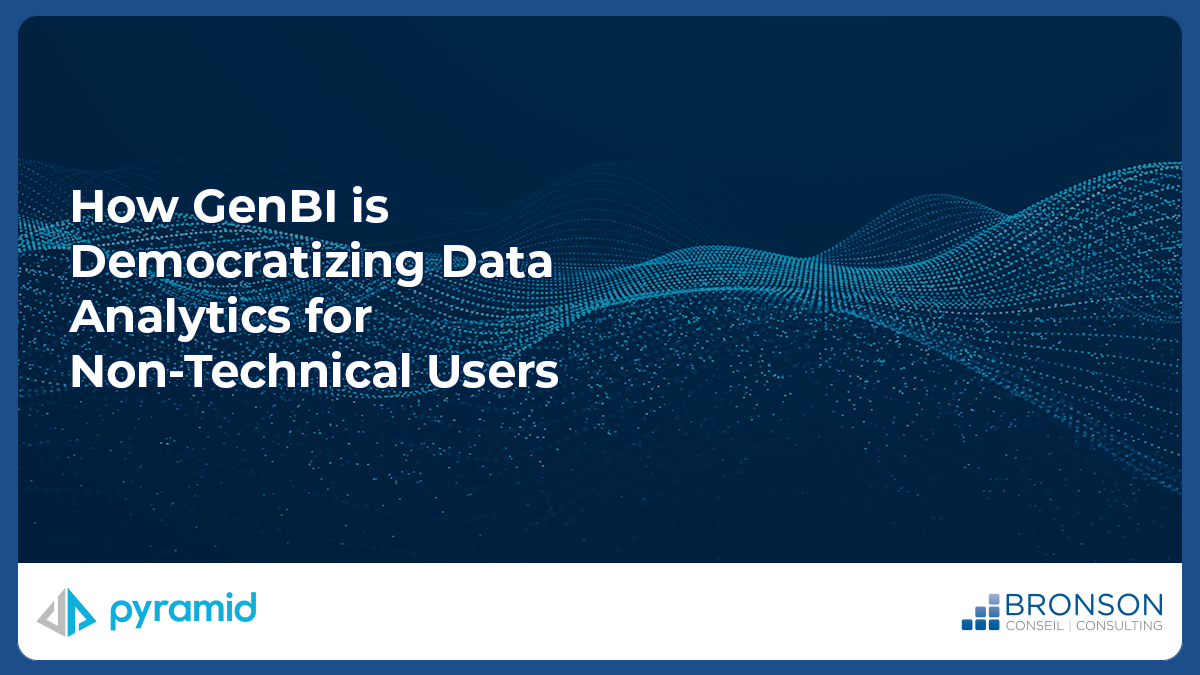Forbes recently published an article describing how big data is transforming the relationships between companies and their customers. The term “big data analytics” refers to “the process of extracting valuable insights from large amounts of data,” such as previously undiscovered patterns, correlations, trends, and in this case, customer preferences. Recent advancements in big data technology have given advertisers “powerful new ways of understanding consumers’ behaviours, needs, and preferences”. For advertisers, big data is helping to optimize individual consumer demands and convert them into prospective clients or buyers more seamlessly. It is now possible to obtain answers to important marketing questions instantly.
Forbes suggests that Google is a good example of big data analytics as it leverages big data to conclude different consumer preferences based on a variety of traits, such as “search history, geography, and trending topics”. With this technology, Google has been able to determine consumer’s interest and buying patterns and has incorporated that knowledge into targeted advertisements.
Even small organizations can use big data analytics to their advantage, and successfully. Forbes suggests five key ways companies can benefit from big data:
1. Receiving Data Analysis in Real Time
Big data analytics systems can conduct complex procedures at rapid speeds, which allows for real-time analysis and the ability to uncover hidden insights.
2. Enabling Targeted Advertising
Big data enables organizations to accumulate even more data on their customers or potential clients so that you can target them with “tailored advertisements that they are more likely to view”. Small third-party merchants have access to these same capabilities that big tech giants like Google and Facebook are already using.
3. Analyzing Customer Insights
Big data provides detailed information about your company’s strengths and weaknesses, which again can be beneficial to an organization’s marketing strategy and targeting and retaining the most relevant and best customers.
4. Creating Relevant Content
Big data provides the relevant insights to translate into creating the most curated content for “the right consumers, on the right channel, at the right time”.
5. Protecting Customer Privacy
An on-going topic of discussion has been user concerns of cybersecurity and digital privacy with the increased adoption of artificial intelligence and machine learning practices. Large-scale data mining has introduced a “wide range of applications to provide a smooth user experience” and protection over personal data in the instance of an attack. In this sense, it is also imperative to inform customers on how and where you are storing their information and your organization’s privacy and data protection rules and protocols.
It is clear that big data analytics can help organizations of all sizes. Forbes also outlines some of the best practices businesses can employ to get the most value from using big data analytics:
1. Use Analytic Innovation to your Advantage
2. Use a Range of Analytics Approaches
Ensure you are using “flexible architecture” that does well with variety to establish a “cohesive production environment from multiple analytic models”.
3. Balance Expertise Against Automation
AI, machine learning, and big data are only as knowledgeable as the humans using and developing it. With that being said, work with well-trained data scientists who have strong analytics skills with the ability to “construct successful prediction and decision-making models”.
4. Build a Big Data Analytical Pipeline
With the additional eyes and ears big data provides to marketing strategies, it is key to use these tools to develop “effective big data advertising campaigns” and establish clear funnels to which the data is analyzed across departments.
Read the full Forbes article.




